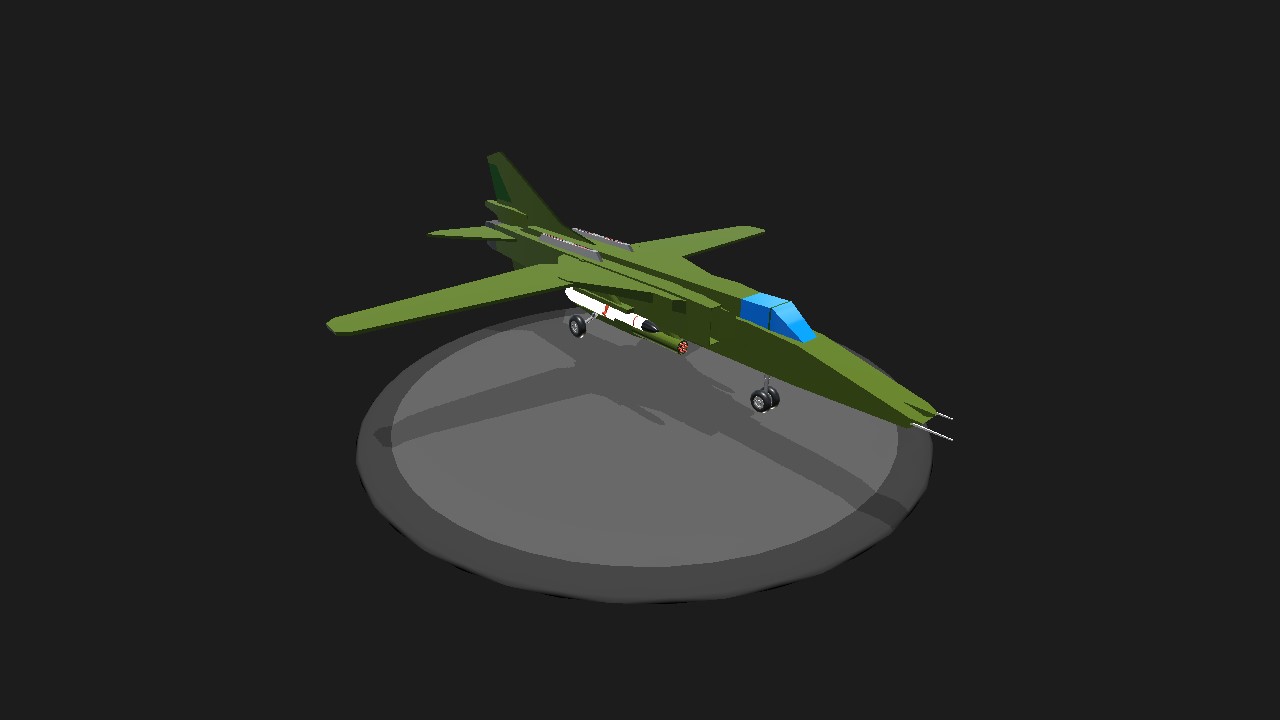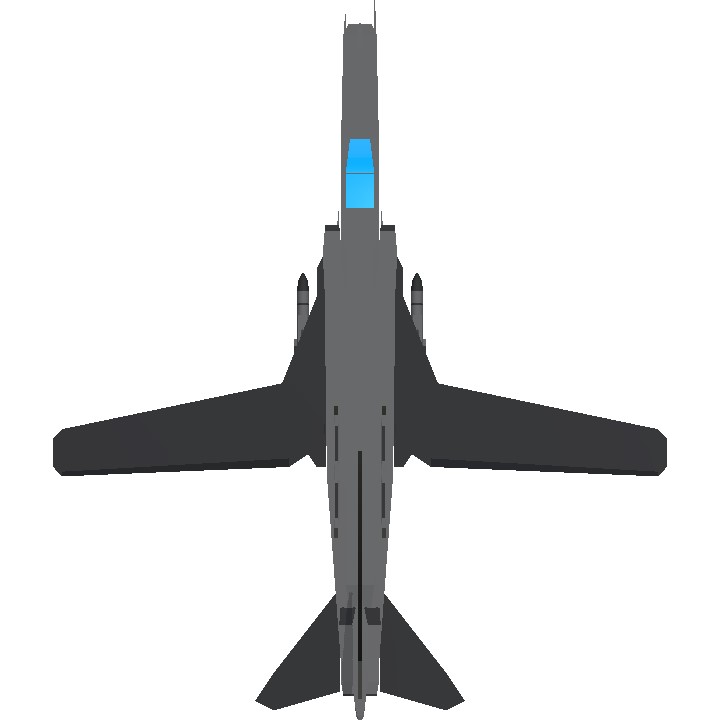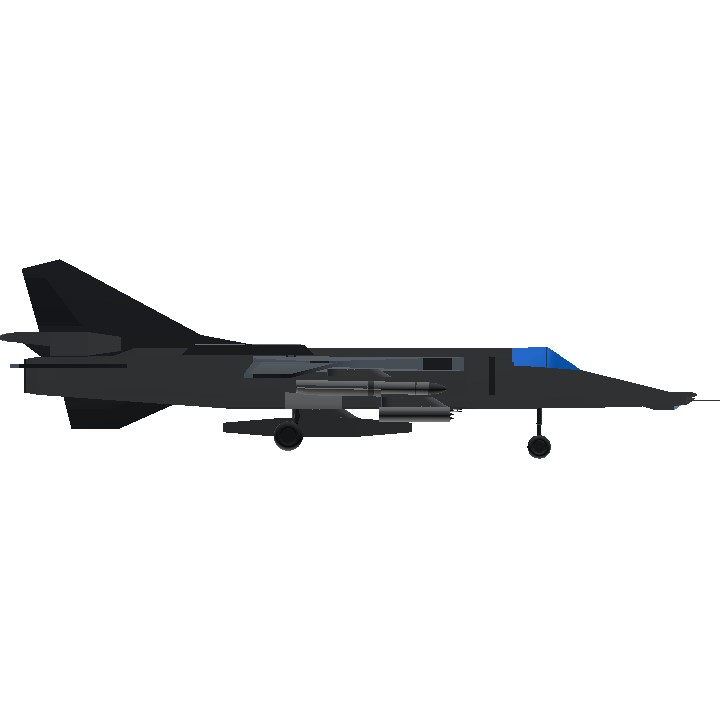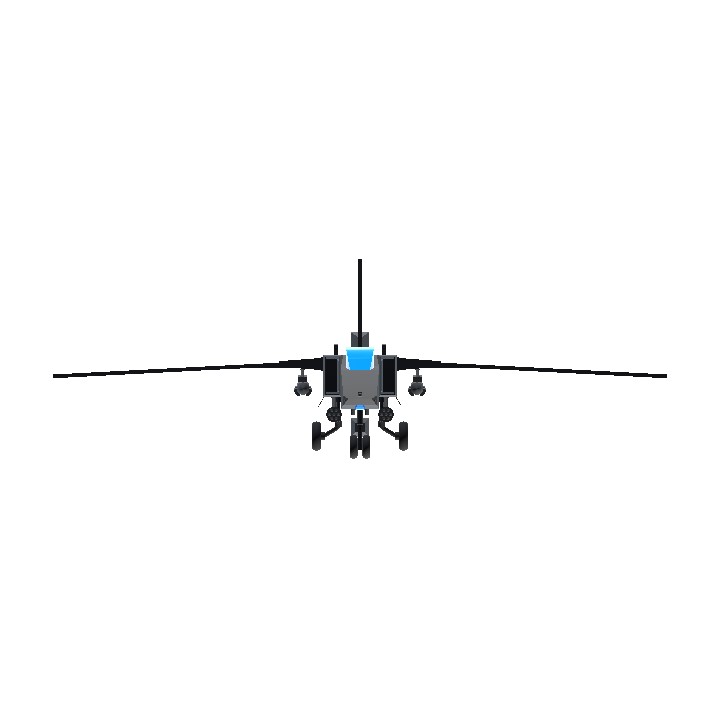The MiG-27K is an improved version of the MiG-27 attack aircraft developed by the Soviet MiG Design Bureau in 1975. Originally known as the MiG-27BK, it was otherwise identical to the MiG-27 except for upgrades to the avionics system. The main improvements of the MiG-27K include: 1. Advanced airborne equipment and fire control system: MiG-27K is equipped with a new PrNK-23SK navigation-attack system, which has a more powerful processor computing power. 2. Weapon mounting capability: This model is capable of dropping TV-guided and laser-guided bombs, as well as X-25M? anti-radar missiles and concrete armor-piercing bombs. 3. Laser target designator: The MiG-27K replaces the "background" with the "Puffin"-23 laser target designator. This laser target designator has a rotating turret that can automatically maintain its position after locking on the target. Tracking without pilot intervention. 4. Production quantity: From 1977 to 1982, a total of 200 MiG-27Ks were produced. 5. NATO codename: The NATO codename of the MiG-27K is "Flogger-J2". These improvements to the MiG-27K make it a very effective ground attack aircraft capable of performing a variety of missions, including ground attack and air combat. In addition, the MiG-27K has been combat-tested in the Afghan War, although it mainly performed high-altitude bombing missions and rarely used precision-guided weapons. The design and performance of the MiG-27K were considered very advanced at the time. It represented the Soviet Union's technological achievement in the field of single-seat variable-sweep wing ground attack aircraft.
But take my advice, it is an unwise choice to use MiG-23 or 27 dogfight. MiG-23’s tactic is to hit medium-range missiles at high altitude and high speed and then run away; while MiG-27 is a ground attack aircraft
Specifications
General Characteristics
- Predecessor mig-27M
- Created On Android
- Wingspan 53.0ft (16.2m)
- Length 62.5ft (19.0m)
- Height 17.2ft (5.2m)
- Empty Weight 20,329lbs (9,221kg)
- Loaded Weight 32,168lbs (14,591kg)
Performance
- Power/Weight Ratio 1.397
- Wing Loading 56.0lbs/ft2 (273.5kg/m2)
- Wing Area 574.2ft2 (53.3m2)
- Drag Points 4800
Parts
- Number of Parts 116
- Control Surfaces 3
- Performance Cost 722





Nice Mig , just still a little too square. But this will change with experience .